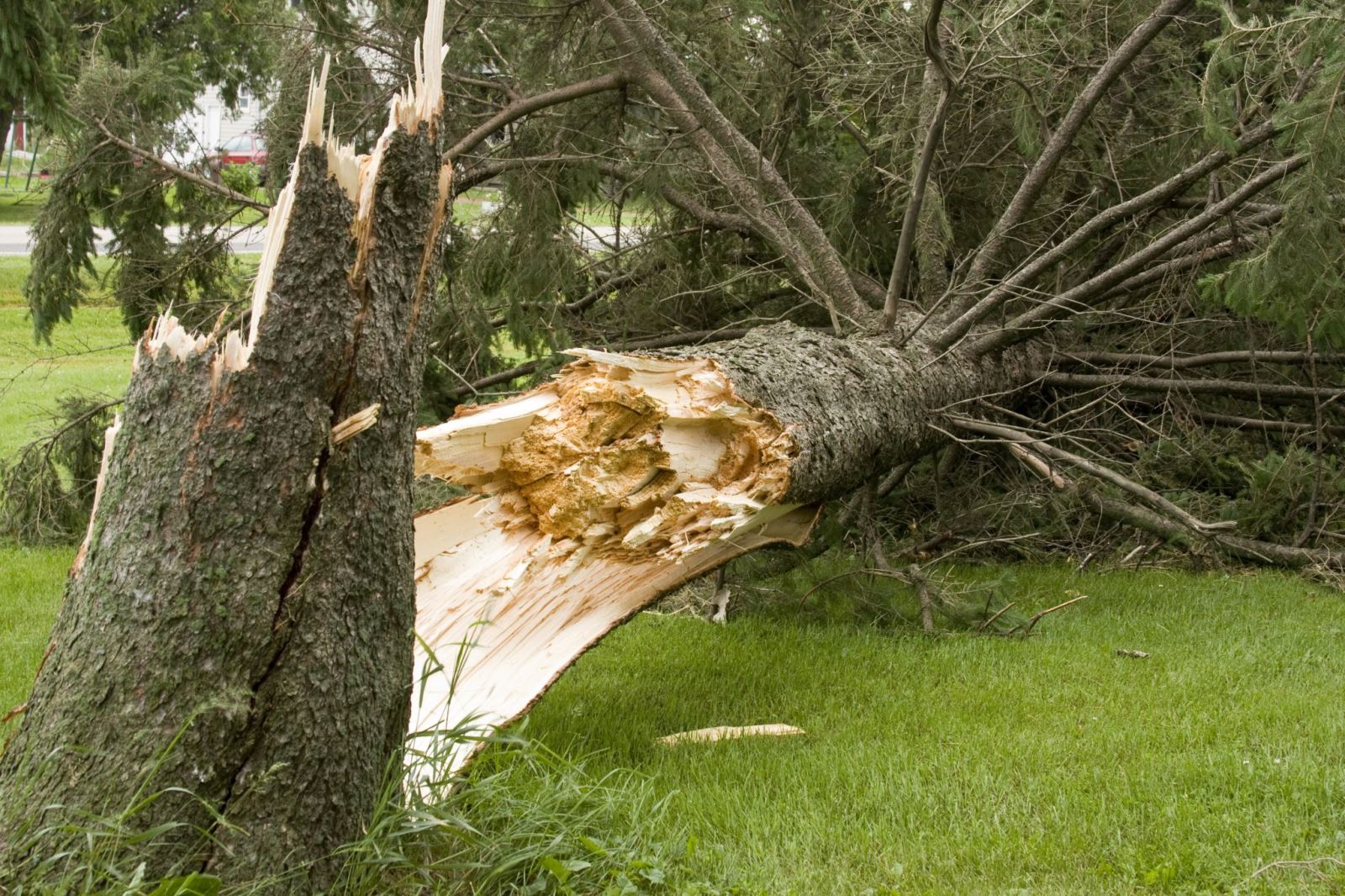Identifying tree hazards

It is recommended that trees are inspected by VTS (visual tree assessment) usually carried out on the ground, a minimum of once per year and ideally twice, plus additional inspections after severe weather conditions. Although these assessments do not mean the tree is in perfect condition and nothing will happen, it gives a good indication as to how the tree is and will perform. Sometimes further aerial inspections are required for detailed inspection.
What to look out for
Tree assessments carried out by the correct qualified personnel are very in-depth and cover a wide range of data to get a good picture of the health of trees. There are a few things that we at home can look out for and request further inspection and/ or works to be carried out if found.
Dead Wood
Although not always dangerous, dead wood has the potential to fall at any time, or could be an early sigh of problems spreading thorough the tree. Monitoring the amount of dead wood, and where the dead wood is forming within the tree is also important.
Cracks
Some trees can naturally develop cracks, but usually they are a good indication of a failing tree. Cracks are often caused by hollowing in the trunk from decay, or improper balance of the tree. Cabling can rectify these problems, or if too severe the tree may need to be removed.
Weak Branch Unions
These can be caused naturally or by improper pruning. Weak branch unions can lead to structural problems within the tree, especially if they are between large limbs, or are causing cracks between the affected limbs. Weak branch unions are often shown by bark growing into and in between affected branches.
Rot and Decay
Rot and decay does not always mean problems. Many trees have a small amount of rot and decay, and are still structurally sound and healthy. Spread and positioning should be monitored regularly and preventative works carried out if necessary. Usual signs are spongy or crumbly feeling, exposed roots, and cavity’s growing and mushroom or bracket growth.
Cankers
Cankers are like sores on a tree. They, like rot and decay, are not always a problem unless the spread over half of the trees circumference.
Root problems
Roots are an important part of the tree, as not only do they provide the tree with water and nutrients, but they also anchor the tree to the ground. Root problems are hard to spot, but a few obvious signs are wilting or dying within the tree, roots growing above ground, cracks in soil around the roots, leaning trees, split or damaged roots showing.
Whilst it is good to monitor your trees yourself, if any of the above is noticed it is best to have the tree inspected properly, and any recommended works carried out.
If you have found any problems, are unsure of what to look for, or just want some general advice, call your local nicenstripy franchisee who will be happy to help.
MEASURE MY LAWN ONLINE
WANT A GUIDELINE PRICE?
Get an indicative price to cut your lawn without even stepping outside to measure your lawn.
ONLINE PRICE CALCULATOR